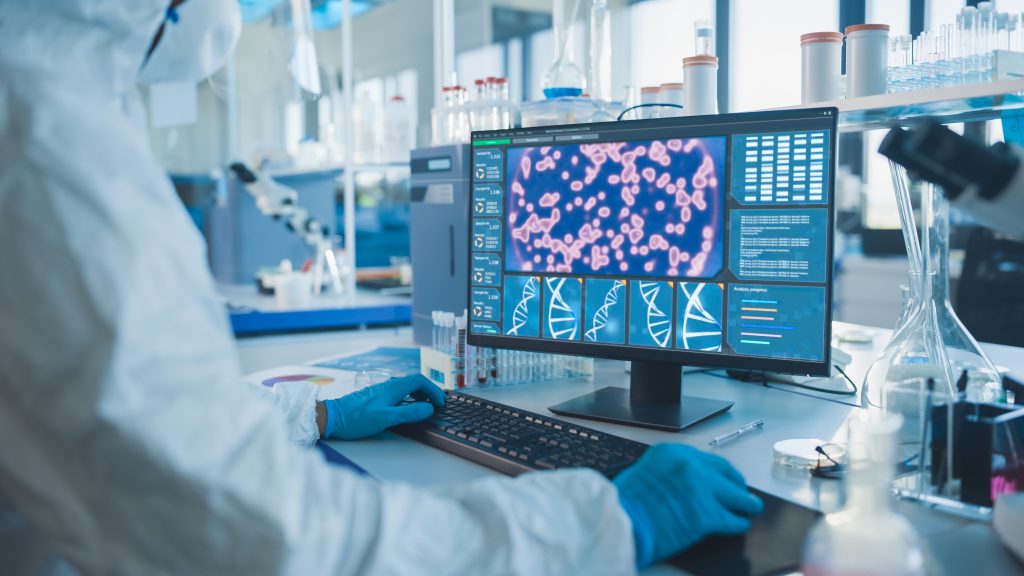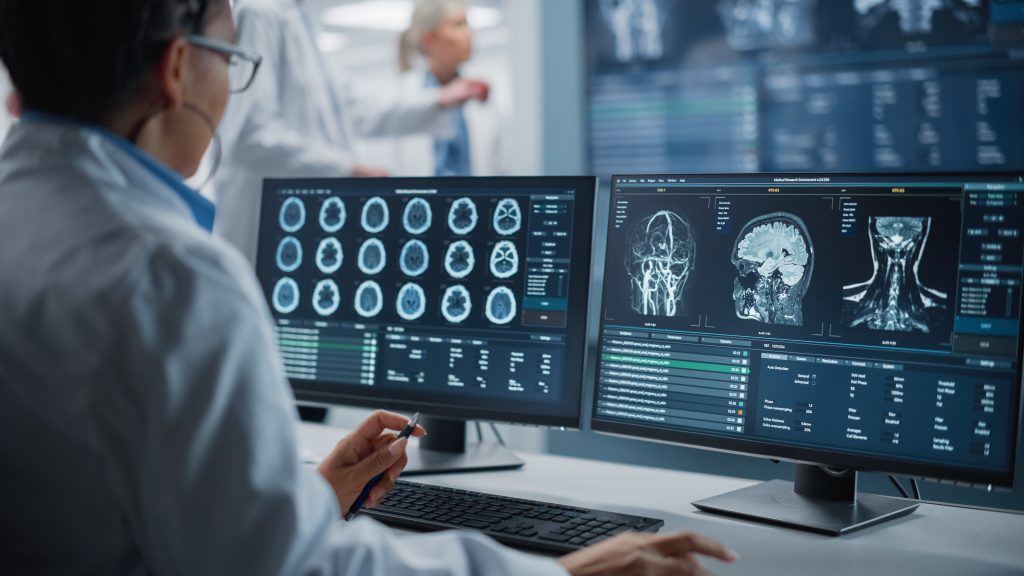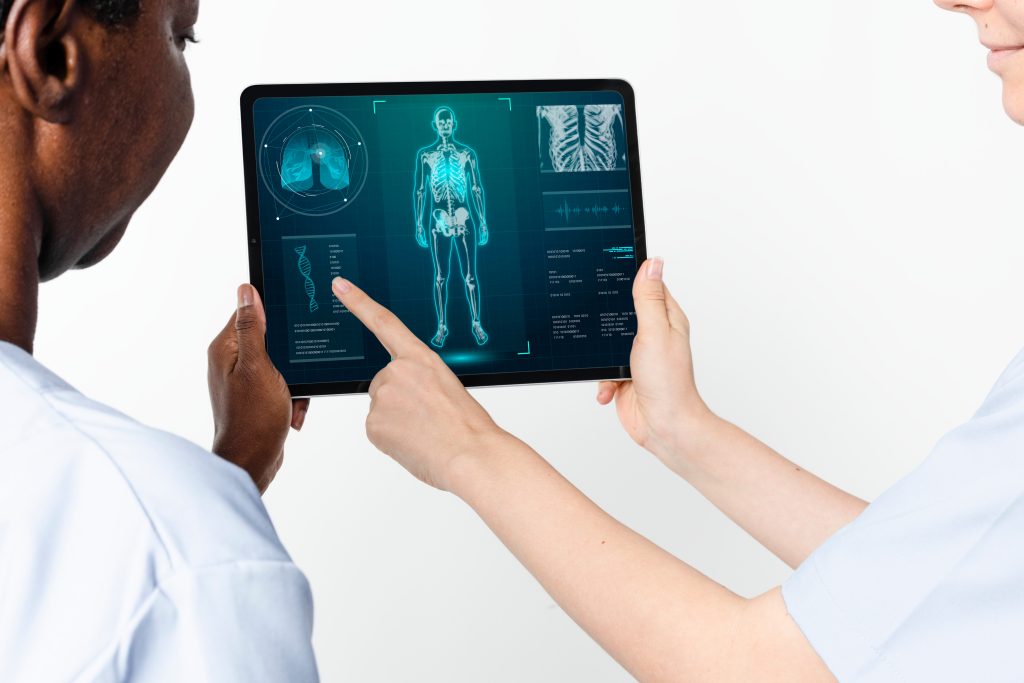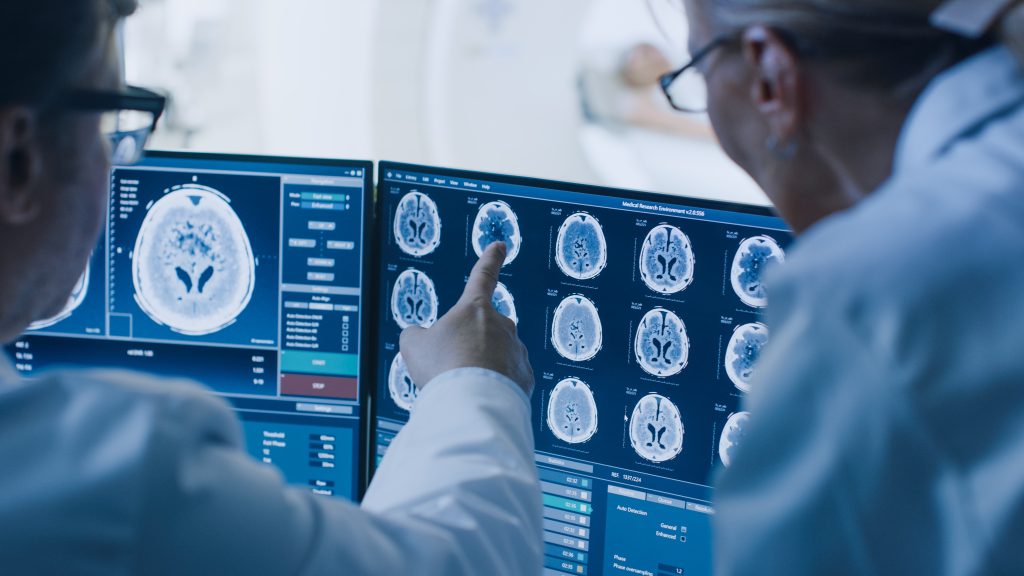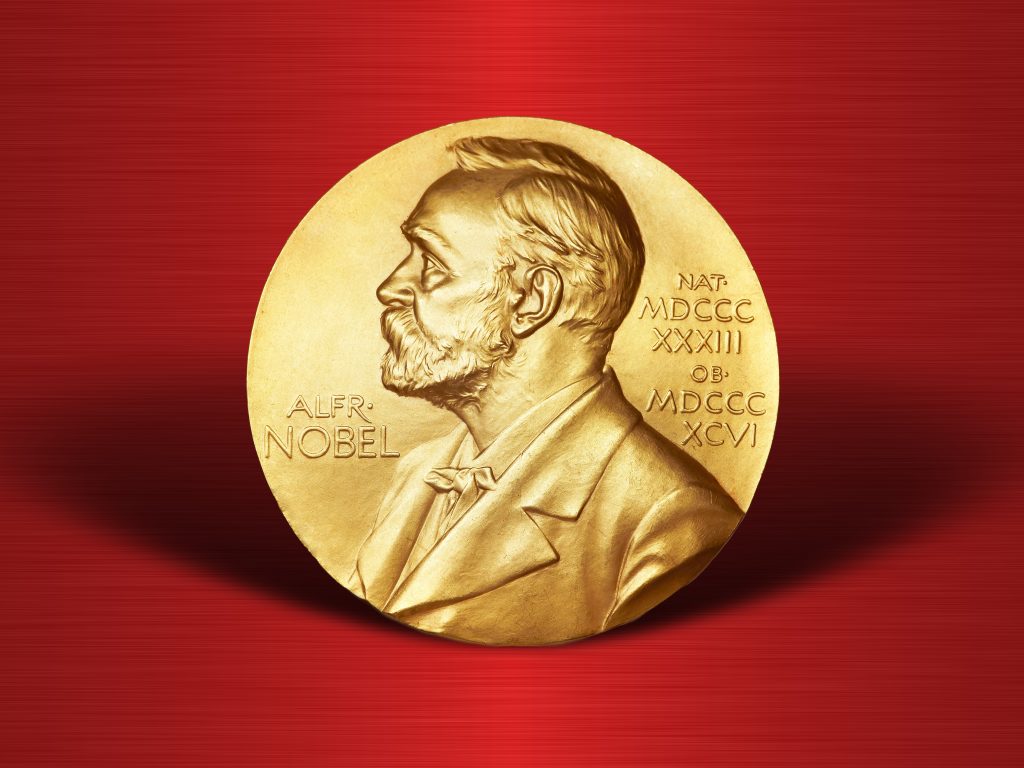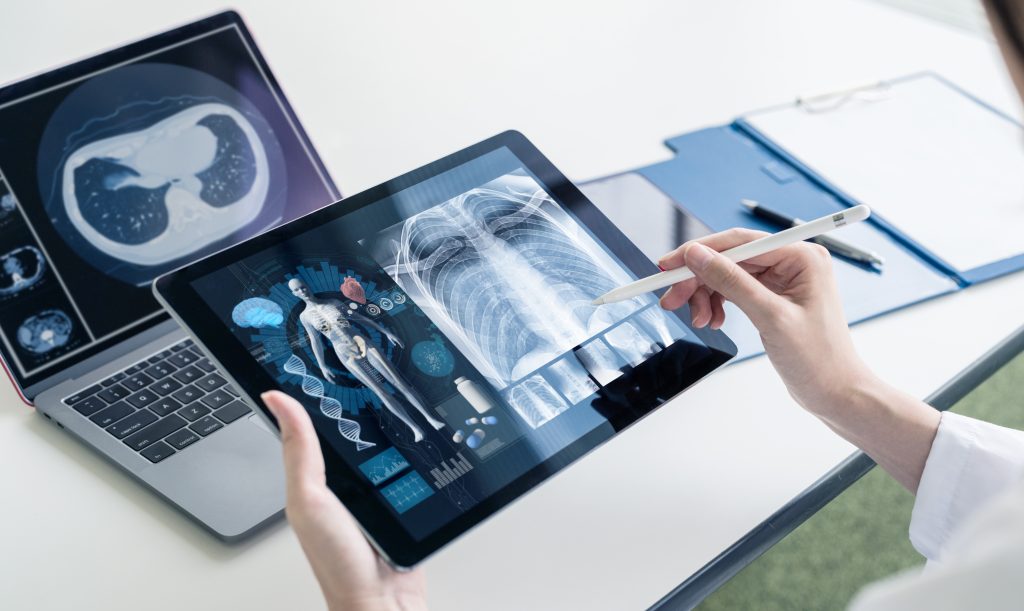
A digital therapeutic (DTx) is an evidence-based, clinically-evaluated software that is applied to treating or managing a medical condition. Like conventional therapeutic drugs, by this definition, DTx products must have evidence supporting their therapeutic efficacy. However, while demonstrating that a drug compound has new features that provide an improved therapeutic effect is often sufficient to secure a patent at the European Patent Office (EPO), the success rate of patents directed at DTx is currently much lower. If a claimed DTx invention has new features over the prior art and these provide a demonstrably improved therapeutic outcome, why are applicants struggling to obtain patents for their DTx inventions? After surveying a large number of DTx applications before the EPO, below we set out an explanation of the EPO approach and provide guidance to applicants looking to secure protection for DTx inventions.
The EPO will recognise an invention as patentable when it has new features over the prior art, and these new features provide a non-obvious solution to a ‘technical problem’ – i.e. a problem that is considered by the EPO to be within the realm of patent protection rather than excluded subject matter, such as business or administrative methods. The applicant typically must demonstrate that the new features provide a ‘technical effect’. For conventional therapeutics, this technical effect will usually be a demonstration that the new features of the drug provide a therapeutic effect, and this will often be evidenced in the form of experimental data showing the efficacy of the new features of the drug in treating a particular condition. DTx inventions, by definition, have evidence supporting their therapeutic efficacy, but despite this, it is clear that it is much more challenging to obtain granted patents for DTx inventions at the EPO. A rough search we conducted suggests that around 50% of published applications describing DTx inventions have been granted by the US patent office, compared to around 5–10% at the EPO.
So, what is the reason for the difference in approach for the EPO in assessing software-driven, evidence-based therapeutics relative to drugs and other forms of therapy? Is the therapeutic effect derived from a software-based intervention considered to have lesser technical merit than that of a drug compound? To answer these questions, it is necessary to review the EPO’s approach to assessing software, or ‘computer-implemented inventions’, and how this is applied to DTx inventions when there are a number of specific considerations.
EPO framework for assessing DTx inventions
The EPO grants patents to computer-implemented inventions, but only when the distinguishing features contribute to the ‘technical character’ of the invention, i.e. when the features provide a technical effect rather than an effect that the EPO considers to fall solely within one of the excluded subject matter categories, such as administrative or mathematical methods. This raises the question of whether the provision of digital therapy – the treatment of a health condition with software – is considered to be a technical effect.
First, it is worth pointing out that there is, as yet, no established case law specifically on the patentability of DTx. There are no Board of Appeal decisions that we are aware of in which the Board has had to decide on the issue of the technical merit of an evidence-based DTx invention. For this reason, we have assessed a large number of DTx applications at the EPO to survey the approach of examiners on this point. An initial observation is that there is still quite some variation in approach, and different conclusions have been reached even on similar therapy applications of DTx. However, a number of important conclusions can be drawn from this analysis.
Are all types of digital therapy technical?
The first point is that the EPO’s assessment of the technical merit of a DTx invention varies across different types of therapy and the health condition being targeted. The use of software to control hardware elements such as sensors (to monitor glucose, for example) and stimulators to provide direct, physiological therapy to the body will usually meet this requirement. However, many DTx inventions use purely software elements and provide no direct physical intervention on the body. Moreover, many are targeted at mental health and neurological conditions rather than physical conditions of the body.
We have seen an inconsistent approach from the EPO in assessing software directed at mental health and neurological conditions. For example, a joint Novartis and Pear Therapeutics application, EP3877982, seeks to protect ‘Electronic Devices and Methods For Treatment Utilizing Antipsychotics In Combination With Digital Therapies’ and essentially claims an app that the user interacts with to document their mental state through the selection of graphical elements. This provides improved efficacy in the treatment of schizophrenia over the use of drugs alone. On this application, the examiner defines the purpose of the invention as ‘to treat schizophrenia’ and states ‘this purpose is considered technical’, therefore indicating that the treatment of a mental health condition through software is considered to have technical merit.
In contrast, on EP3956905, filed by Pear Therapeutics and directed to ‘an electronic device for treating depressive symptoms associated with multiple sclerosis’, the examiner describes the distinguishing features as relating to ‘psychological information, which cannot bring about a technical effect serving a technical purpose but rather only a subjective effect –allegedly a psychological therapeutic effect’. Similarly, on EP4176448, again filed by Pear Therapeutics, claiming a system for treating a disease using cognitive behavioural therapy, the examiner states the distinguishing features ‘are all non-technical since they related to non-technical subject matter, namely psychotherapy’.
In summary, the EPO approach is slightly inconsistent. Positively, there are many cases in which a software-implemented therapeutic effect has been recognised as a technical purpose, but the EPO appear to be much less consistent in their assessment of the technical merit of therapy directed at mental health and neurological conditions. It appears that the EPO does not currently consider an evidence-based therapeutic effect in this area on a par with a physiological therapeutic effect, perhaps partly as they do not permit as specific, directly quantifiable measures of the effects of therapy. As described further below, in this area of therapy, it appears particularly important to include data evidencing the claimed therapeutic effect of the software.
Demonstrating a link between claimed features and the therapeutic effect
Although the EPO recognises a therapeutic effect as being technical, a common objection found in the applications surveyed is that the claim features are not clearly defined and sufficiently limited so as to be credibly linked to the effect. This relates to a key difference between pharmaceutical therapeutics and DTx. Whereas for the former, data can often be collected to show that a specific claim feature (for example, the inclusion of a specific amount of a certain compound) is directly linked to an improved therapeutic outcome, for DTx, the therapeutic effect may be provided by the use of a software program including a large number of features; therefore, it may be more difficult to link a particular feature to the improved therapeutic outcome. It also appears that often applicants have not clearly set out the link between features and the effect, including the provision of data to evidence the link.
For example, on Novartis/Pear Therapeutics’ application EP3956905, although the alleged technical purpose (treating schizophrenia) was acknowledged as technical, the examiner held that ‘the claim is not sufficiently limited to ensure that this technical purpose is actually served by the distinguishing features over the whole claim scope’. This type of objection was extremely common. For example, on EP3928328, ‘Systems And Methods For The Treatment Of Symptoms Associated With Migraines’, the examiner’s position was that ‘at the current level of detail, the independent claims are not sufficiently limited to ensure that the features actually produce a technical effect serving a technical purpose over substantially the whole claim scope’ and ‘there is no causal link between the broad inputs, the mathematical/algorithmic processing steps and the actual provision of a technical effect’.
In summary, even if the purpose is accepted as technical, applicants often fail at convincing the examiner that the claimed features have a causal link to the described therapeutic effect. There are a number of reasons for this. In some cases, the features can be more difficult to define, for example where the user interacts with the software in various ways, through the provision of prompts, display of visual data, and interacting with a GUI. Applicants often struggled to clearly define the specific features involved in the required interactions that allegedly lead to the therapeutic effect. Furthermore, the applications we surveyed often did not provide data to show that the claimed features resulted in the alleged therapeutic benefit. Whereas the provision of such data is routine for pharmaceutical therapeutics, this was much less common in the DTx applications surveyed – perhaps related to applicants’ representatives generally having an engineering/software background and being less experienced in providing data when drafting applications.
Preparing strong applications for DTx inventions
Although challenging, our assessment is that there are steps that applicants can take to significantly improve the chances of securing grants for DTx applications in Europe. Applicants should take steps to ensure:
- A technical effect is clearly defined – this may be in the form of an improved therapeutic outcome, which is usually recognised as technical;
- Whenever possible, data should be provided to support the technical effect, ideally showing this is directly linked to the claimed novel features;
- Claims should be drafted that clearly and specifically define the technical features linked to the therapeutic outcome.
Although grant rates for DTx inventions have significantly lagged behind the US, there has been a recent increase in the number of grants in Europe, even in areas where it would appear particularly challenging to convince the EPO of technical merit. For example, Better Therapeutics Inc. recently secured a grant, albeit of narrow scope, on EP3628101 for a ‘method and system for managing lifestyle and health interventions’ – subject matter that might be considered particularly challenging in Europe. Furthermore, it is clear that the EPO is willing to acknowledge a technical effect and, therefore, patent eligibility of DTx. If applicants are able to draft claims that clearly define the technical features and can demonstrate a causal link to the technical effect, it is possible to secure strong protection for DTx inventions in Europe.
GJE’s multi-disciplinary HealthTech team combines experienced attorneys across technical fields to provide expert advice on the protection of the full range of HealthTech applications in Europe and globally. Please find my contact details on my web profile here or get in touch via: gje@gje.com.
